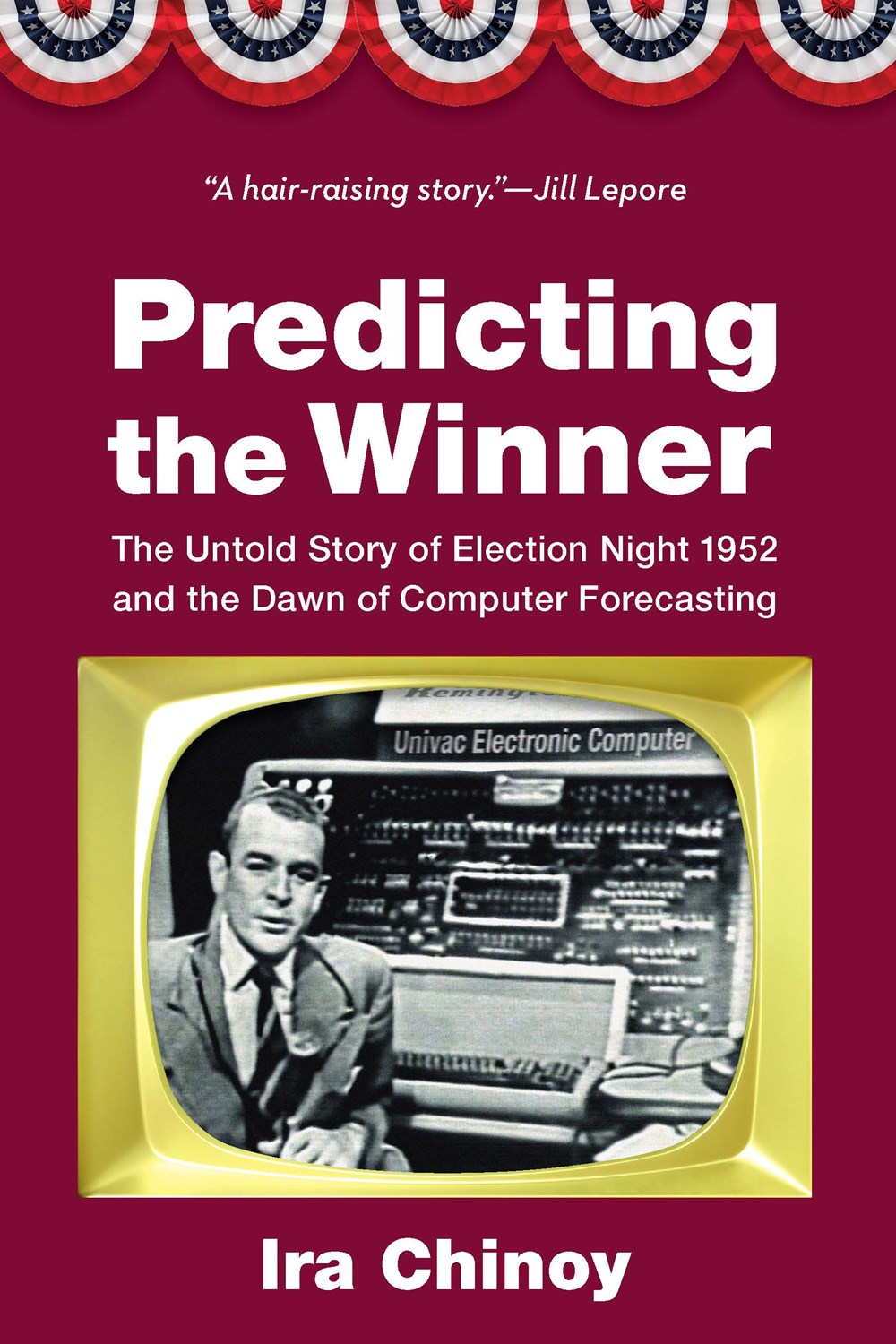2018 School Spending Survey Report
Predicting the Winner: The Untold Story of Election Night 1952 and the Dawn of Computer Forecasting
COPY ISBN
 Pulitzer Prize–winning Chinoy (director, Future of Information Alliance, Univ. of Maryland) examines the presidential election night of 1952. His book shows it was an election of many firsts: the first coast-to-coast TV broadcast of an election; candidates, for the first time, used TV to convey their messages to voters; and it was the first time computers were utilized to help predict the winner. That night, the play-by-play election coverage pitted CBS’s UNIVAC computer against NBC’s smaller, less powerful Monrobot computer. The experts and news anchors on both networks were hesitant to trust the computer’s predictions. The Universal Automatic Computer (UNIVAC) showed early on that Dwight Eisenhower would win by a landslide, but CBS staffers didn’t believe it since opinion polls had indicated the election would be close between Eisenhower and Adlai Stevenson. They ran the numbers again. In the end, both computers were right about Eisenhower’s landslide victory. Chinoy also expertly shows the evolution of election night reporting and how it has impacted media landscapes and elections today.
Pulitzer Prize–winning Chinoy (director, Future of Information Alliance, Univ. of Maryland) examines the presidential election night of 1952. His book shows it was an election of many firsts: the first coast-to-coast TV broadcast of an election; candidates, for the first time, used TV to convey their messages to voters; and it was the first time computers were utilized to help predict the winner. That night, the play-by-play election coverage pitted CBS’s UNIVAC computer against NBC’s smaller, less powerful Monrobot computer. The experts and news anchors on both networks were hesitant to trust the computer’s predictions. The Universal Automatic Computer (UNIVAC) showed early on that Dwight Eisenhower would win by a landslide, but CBS staffers didn’t believe it since opinion polls had indicated the election would be close between Eisenhower and Adlai Stevenson. They ran the numbers again. In the end, both computers were right about Eisenhower’s landslide victory. Chinoy also expertly shows the evolution of election night reporting and how it has impacted media landscapes and elections today.
VERDICT This title showcases Chinoy’s capacity for meticulous detail, fascinating research, and strong sources. Readers who study the intersection of politics and technology will relish this book.
RELATED
ALREADY A SUBSCRIBER? LOG IN
We are currently offering this content for free. Sign up now to activate your personal profile, where you can save articles for future viewing




Comment Policy:
Comment should not be empty !!!